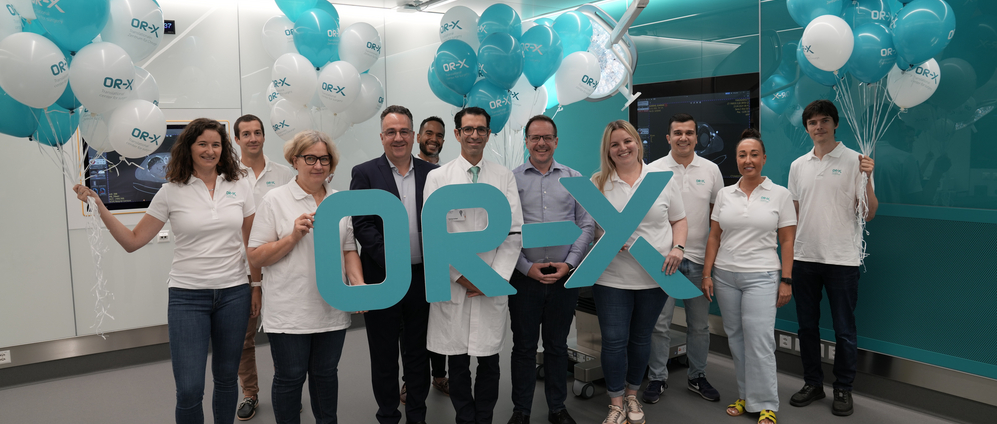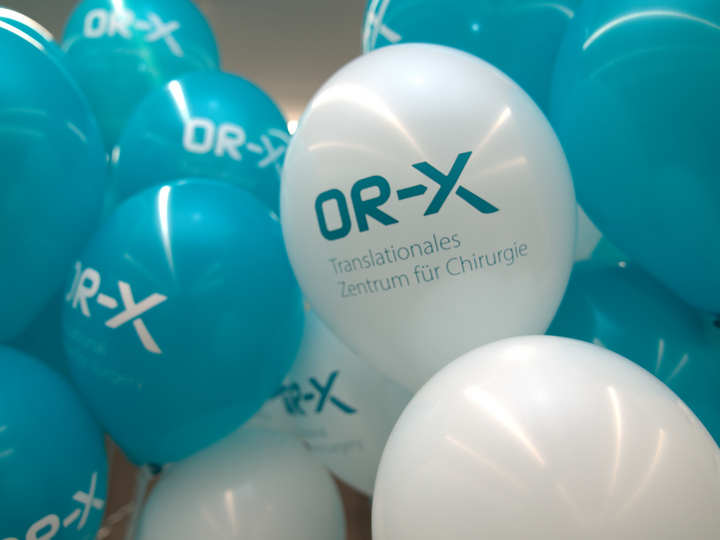Through regular trainings and labs with renowned medical technology companies such as Medacta, Arthrex, and Smith+Nephew, as well as monthly curriculum courses for resident physicians, OR-X has quickly established itself as a valuable training platform. “It’s encouraging to see that we’ve been able to create a realistic environment where surgical training with real instruments and cutting-edge technology can take place, all without compromising patient safety,” says Professor Mazda Farshad, initiator and founder of OR-X. In addition to surgical training, our infrastructure has already enabled significant progress in research. A prime example of this was in April, during the 8th Integration Week of the FAROS project, where a newly developed robotic prototype with sensory perception was successfully tested and ultimately validated for autonomous execution of surgical tasks.
In the coming years, we will pursue further ambitious goals. On one hand, OR-X will become even more integrated into the surgical education of our doctors. On the other hand, the focus will be placed on innovations in research and development. Professor Philipp Fürnstahl, co-founder of OR-X, explains: "Next year, we will complete the first phase of building a technical infrastructure for the creation of digital twins in surgery. These will play a crucial role in improving both surgical training and treatment in the future.” This groundbreaking technology aims to make surgical interventions even more precise, ultimately enhancing patient safety.

